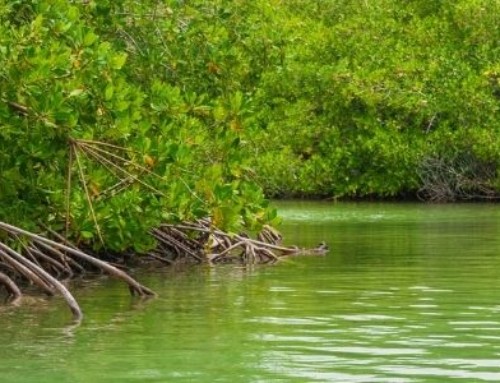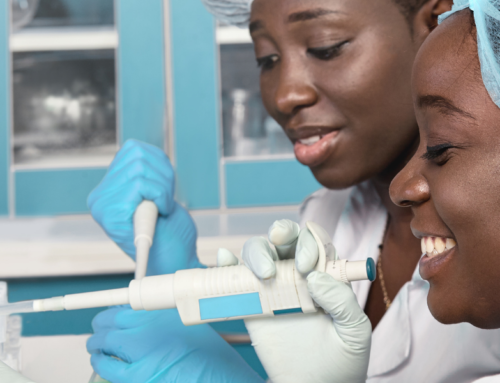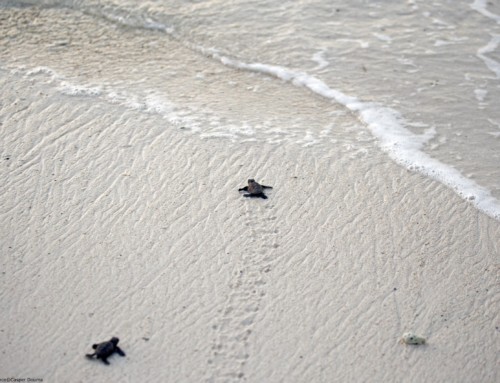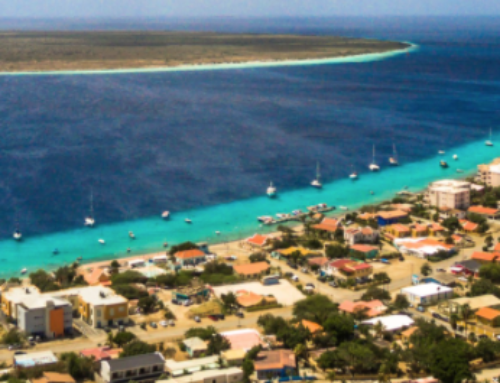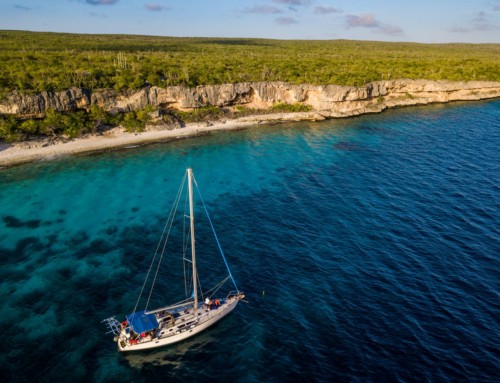The Island of Bonaire
Bonaire is a small island located in the Caribbean Sea.
It is the B of the BES islands, together with Sint Eustatius and Saba, they make the three special municipalities of the Netherlands, the Dutch Caribbean.
Bonaire is located 50 miles off of the coast of Venezuela.
Our little island is 111 square miles, with a width that ranges from 3 to 7 miles and a length of roughly 24 miles, together with Klein Bonaire as an additional 2.3 square miles.
The population of Bonaire is of approximately 21.000 permanent residents, around 80% of which are Dutch nationals, and nearly 60% of its residents were born in the former Netherlands Antilles and Aruba.
The island of Bonaire has 2 main towns, Kralendijk, the capital, and Rincon.
Kralendijk has many neighbourhoods, and spreads wide on the island mostly towards the south, and Rincon, in the north is a beautiful little town, and oldest in continual existence of the former Netherlands Antilles.

Languages in Bonaire
Bonaire is a polyglot society, most of the people here can have a conversation in at least 2 languages, and kids come out of school speaking 4 fluently.
As Bonaire is part of the Netherlands the Dutch is the official language and the only one used for any administration and legal matters.
But the local language, also recognized by the government and spoken mainly amongst the inhabitants of Bonaire, is the Papiamento.
Papiamento is the language used in public primary school and it is a Portuguese-based creole language with a lot of influence from Dutch and Spanish, and some Afrikaans and English.
Spanish is also often listened in the streets of Bonaire,
Being an island so close to Venezuela and with connections to Curaçao and Aruba, that have direct flights to many other Latin American countries, has facilitated people from Latin America to live here too.
English is also one of the primary languages in Bonaire. As tourism is the main economic activity in the island and most of the tourists come from the US, this language is widely spoken. You can even find publications, newspapers and online news in english
Schools in Bonaire
Bonaire has adopted the Dutch educational system, being the only difference that in public primary schools the language used is Papiamento.
Dutch is being introduced as the grade level progresses and the secondary school is taught entirely in Dutch.
Once the secondary school finishes kids must go out of Bonaire to continue their studies. Most of them go to The Netherlands, but there are also kids who go to the United States or other countries to attend university

Photocredit: WeShareBonaire
Sustainability on Bonaire
The island of Bonaire is known for being a fearless defender of ecology, some of the projects carried by our island have been pioneering.
STINAPA
Stichting Nationale Parken Bonaire (STINAPA) is a non-governmental, non- profit foundation, commissioned by the island government to manage the Bonaire National Marine Park and the Washington Slagbaai National Park.
STINAPA is dedicated to manage and share, protect and restore, promote and educate the resources, biodiversity and values of Bonaire’s nature.
Junior Rangers
In 2009 STINAPA started the Junior Rangers program.
The Junior Rangers learn about our planet earth. They learn dive ethics to protect Bonaire’s valuable nature and are trained to be Nature Ambassadors from Bonaire to the world. In the hope to inspire other teenagers, to be a role model with a focus to protect our home; their future.
The Junior Rangers program’s mission is to create awareness about Nature and Environmental issues, to build leadership and presentation skills.
Green Power
Green power is a general term of sustainable energy generated from natural, renewable resources without emitting waste. Water, wind and sun are the main sources of green power.
60% of the island’s energy is generated by wind- and solar energy.
With 12 wind turbines east of Rincon and 1 near Sorobon and a solar park across from the famous dive site 1000 steps.
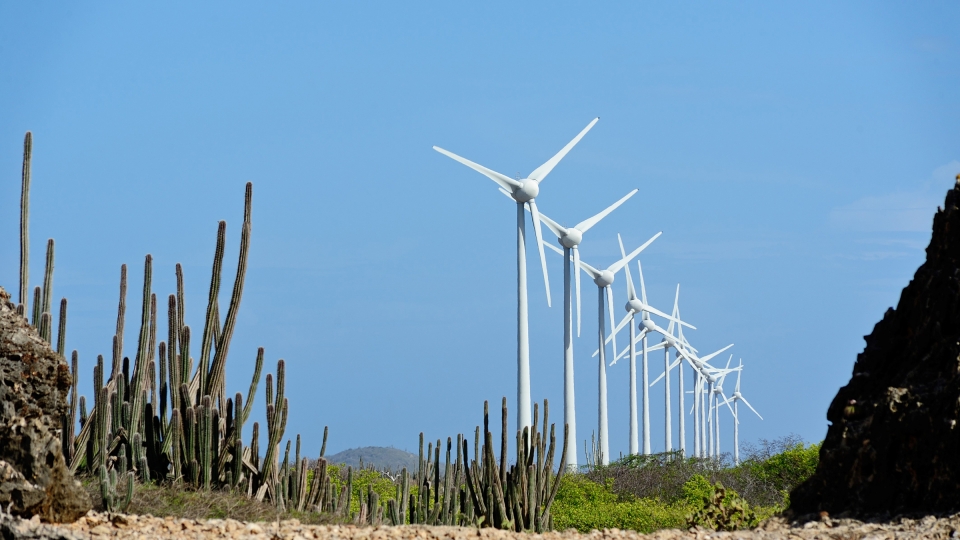
Photocredit: Contourglobal
Blue Destination
Bonaire the first blue destination of the world.
Bonaire is a progressive Caribbean island in terms of synergizing people, culture and nature.
Aiming to become a leader in the preservation of Bonaire’s natural assets and resources.
Bonaire was the first Caribbean island to protect their ocean by becoming part of the national marine park.
The park was established in 1979 and covers 2700 hectares coral reef, seagrass- and mangrove vegetation. Bonaire’s recognition of the importance of its water resources even extends to its flag, where the blue represents the pure waters.
Locals have always depended on the ocean as most men are fishermen or work on boats. Bonaire commits and adapts to the sustainable use of ocean resources for growth, well-being, jobs and the ocean ecosystem’s health.
Bonaire Blue Destination builds a bridge between nature and society, always with sustainability in mind, and creates a unique identity and experience, which differentiates Bonaire from other Caribbean islands.
Economy of Bonaire
Tourism in Bonaire
Bonaire’s economy is mainly based on tourism.
The tourist industry focuses primarily on hotels and other accommodation for the visitors, (high quality) restaurants and (little) bars. Moreover, the market for excursions, tours around Bonaire and the events on and under the water is some of the biggest activity on the island.
The wonderful underwater world is fantastic for divers, snorkelers and other water sports fans, actually our island is known as “Divers Paradise” for a good reason.
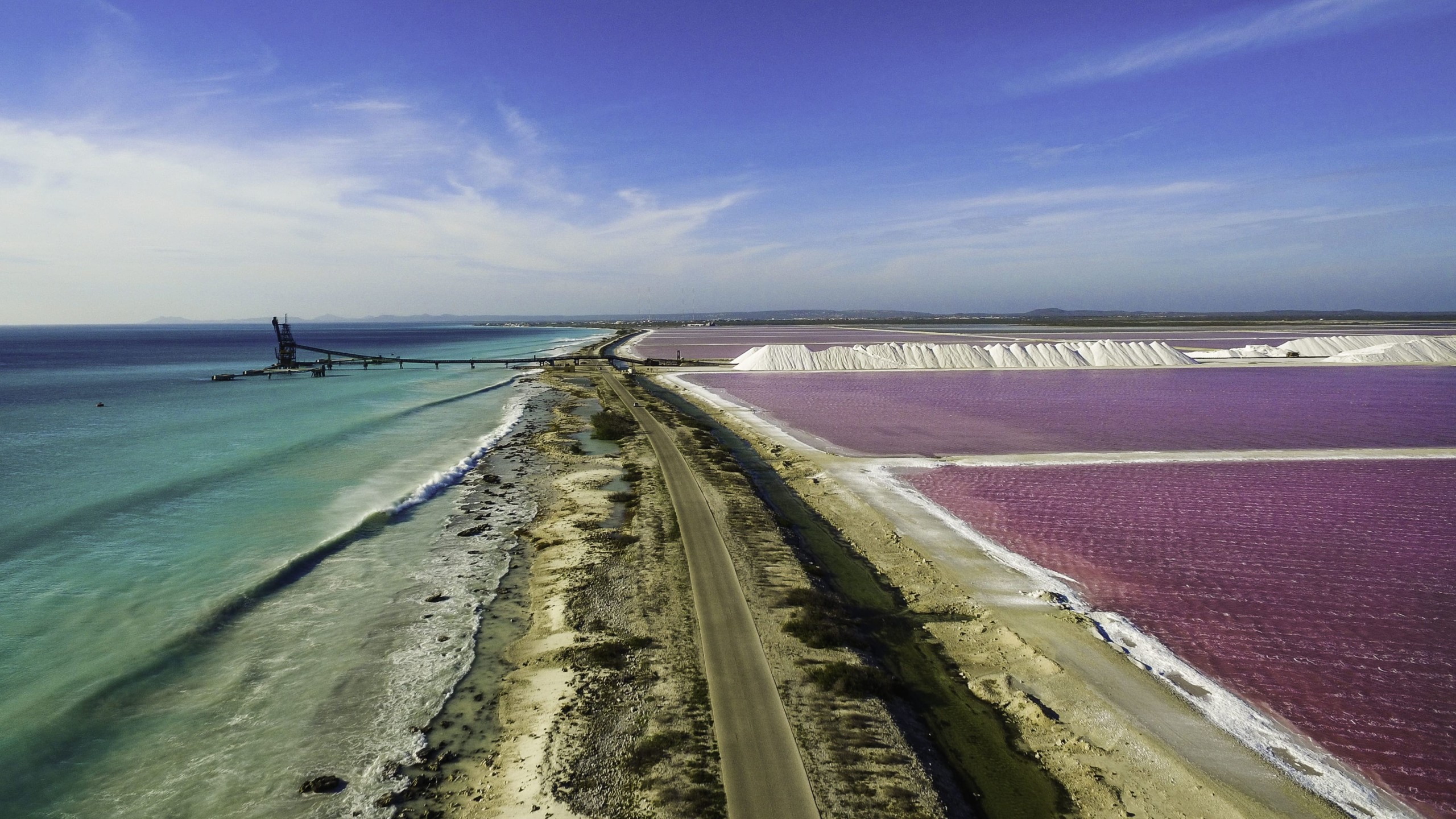
Salt Mining in Bonaire
Salt Mining is also one of the main forms of income in Bonaire.
The salt pyramids of Bonaire, are not just an iconic landmark that greets our guests to the island, but also an industry that has accompanied the history of our island since ancient times.
The process of mining salt mainly relies on sea, wind and sun, and those are definitely elements that are present daily in Bonaire.
The International company Cargill owns large salt flats on the southern part of the island, and it is mainly destined for industrial purposes and is shipped out in large quantities.
You can also visit Bonaire Salt Shop for gifts made out of bonairean salt or learn everything about how this activity has accompanied our island throughout the years taking the Best of Bonaire tour with us!

